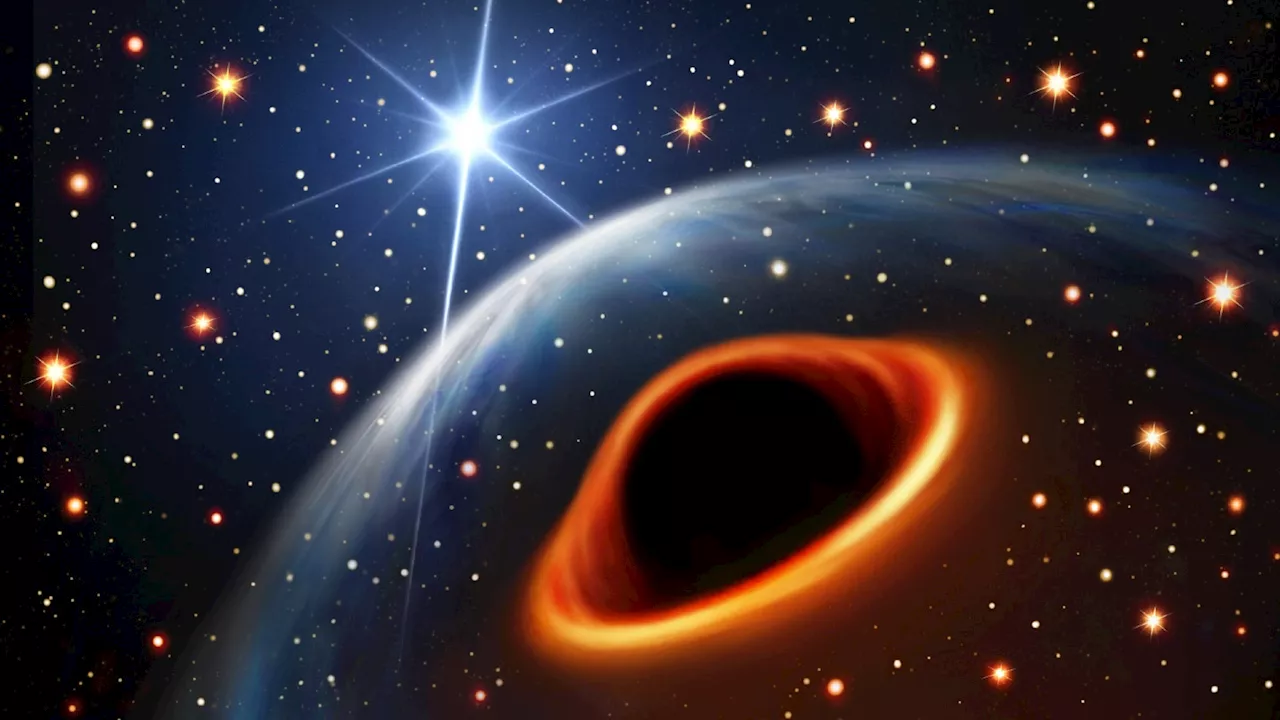The strange entity has a mass between that of a neutron star and a black hole. It’s either one or the other or something else entirely.
Circling around a pulsar in our galaxy is a mysterious entity that is either a very heavy neutron star, one of the lightest black holes ever discovered, or an exotic and never-before-seen quasi-stellar object.
The new finding comes from the MeerKAT Radio Telescope in South Africa, which carefully monitored 13 millisecond pulsars in a dense cluster of stars 40,000 light years from Earth. These pulsars are a type of neutron star that quickly spin, rotating in fractions of a second, while sending out powerful beams of radiation like a cosmic lighthouse.
For some pulsars, those beams flash past our planet with a regularity that rivals an atomic clock. By hunting for tiny variations in the beams’ arrival on Earth, researchers can deduce the existence of anything perturbing the pulsar’s motion. The ticks of one particular pulsar, known as PSR J0514−4002E, revealed that it has an invisible companion. That potentially makes it too heavy to be a neutron star, astronomer Ewan Barr of the Max Planck Institute for Radio Astronomy in Bonn, Germany, and colleagues say. Neutron stars are thought to collapse into black holes once).
South Africa Latest News, South Africa Headlines
Similar News:You can also read news stories similar to this one that we have collected from other news sources.
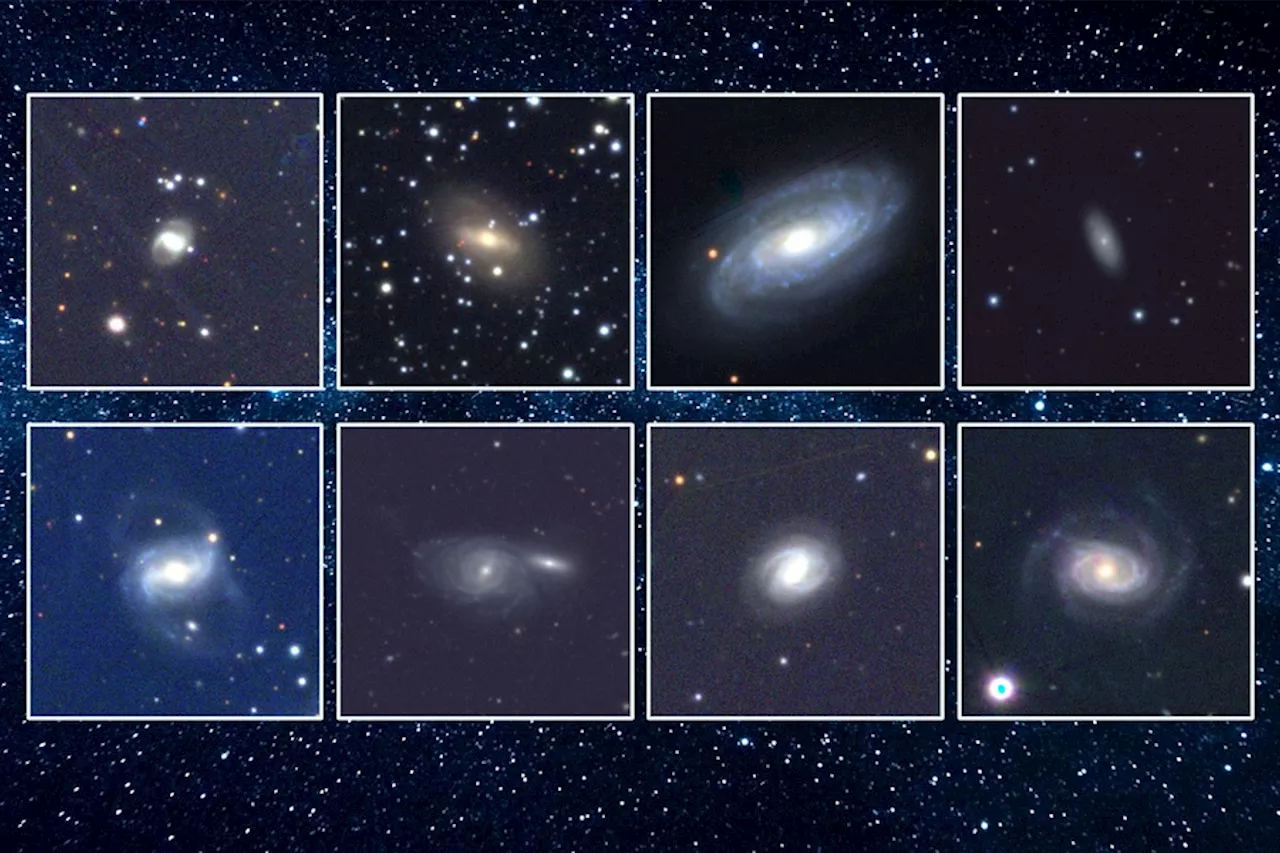 Astronomers See 18 Examples of Stars Getting Torn Apart by Black HolesSpace and astronomy news
Astronomers See 18 Examples of Stars Getting Torn Apart by Black HolesSpace and astronomy news
Read more »
![]() Photographer Turns the Lens on Amateur Astronomers Who Contribute to ScienceA photographer spent five years traveling the world to turn the lens on amateur astronomers who have contributed to science.
Photographer Turns the Lens on Amateur Astronomers Who Contribute to ScienceA photographer spent five years traveling the world to turn the lens on amateur astronomers who have contributed to science.
Read more »
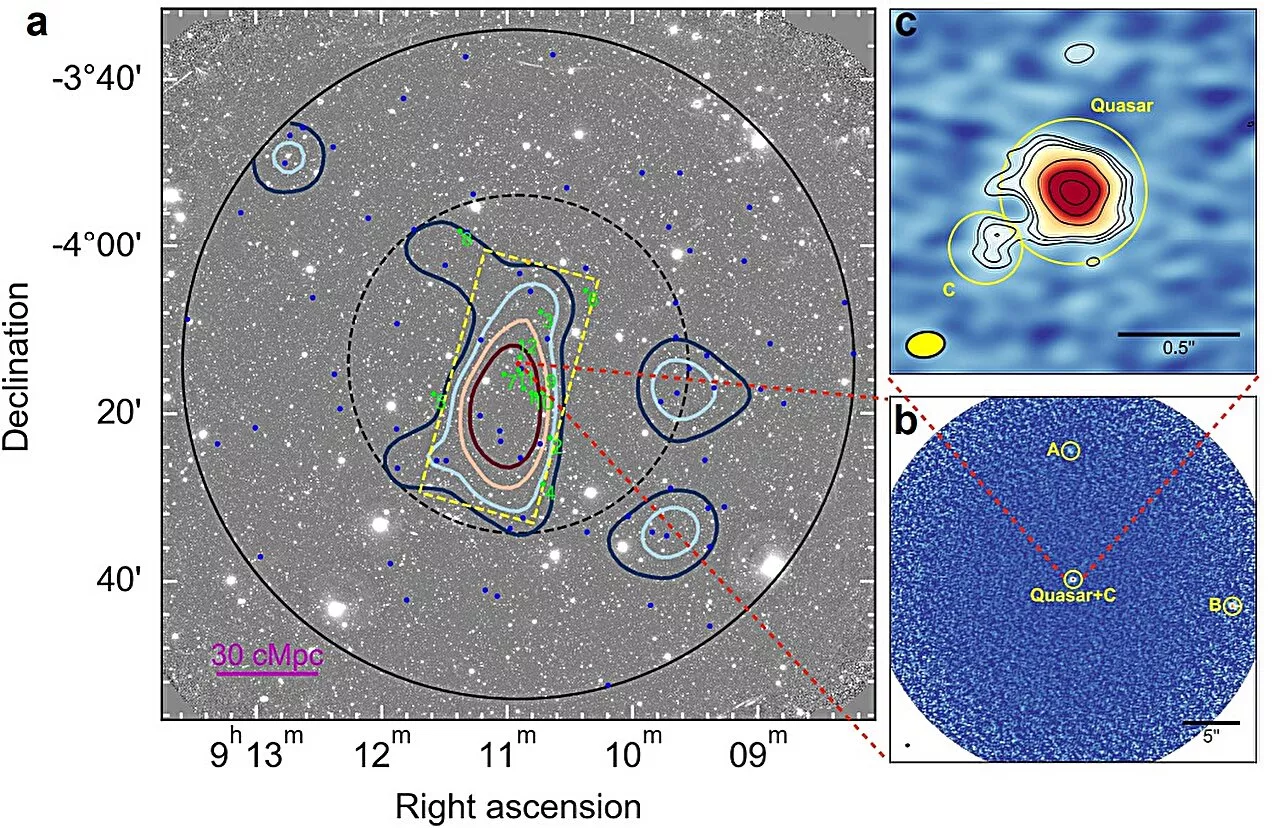 Astronomers discover massive protocluster around luminous quasarAstronomers from the Steward Observatory in Tucson, Arizona and elsewhere report the detection of a new massive protocluster. The structure was found around a luminous quasar known as J0910–0414. The discovery was detailed in a paper published February 2 on the pre-print server arXiv.
Astronomers discover massive protocluster around luminous quasarAstronomers from the Steward Observatory in Tucson, Arizona and elsewhere report the detection of a new massive protocluster. The structure was found around a luminous quasar known as J0910–0414. The discovery was detailed in a paper published February 2 on the pre-print server arXiv.
Read more »
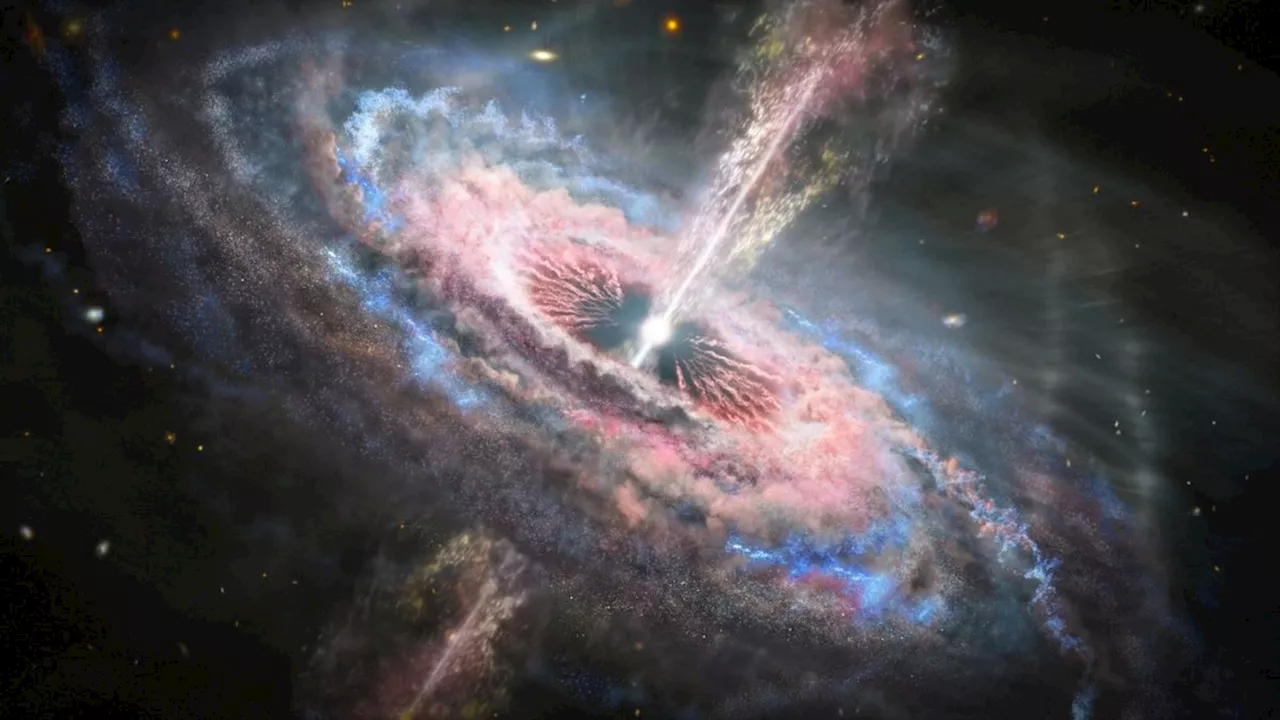 Astronomers find monster black hole devouring a sun's-worth of matter every dayBen Turner is a U.K. based staff writer at Live Science. He covers physics and astronomy, among other topics like tech and climate change. He graduated from University College London with a degree in particle physics before training as a journalist.
Astronomers find monster black hole devouring a sun's-worth of matter every dayBen Turner is a U.K. based staff writer at Live Science. He covers physics and astronomy, among other topics like tech and climate change. He graduated from University College London with a degree in particle physics before training as a journalist.
Read more »
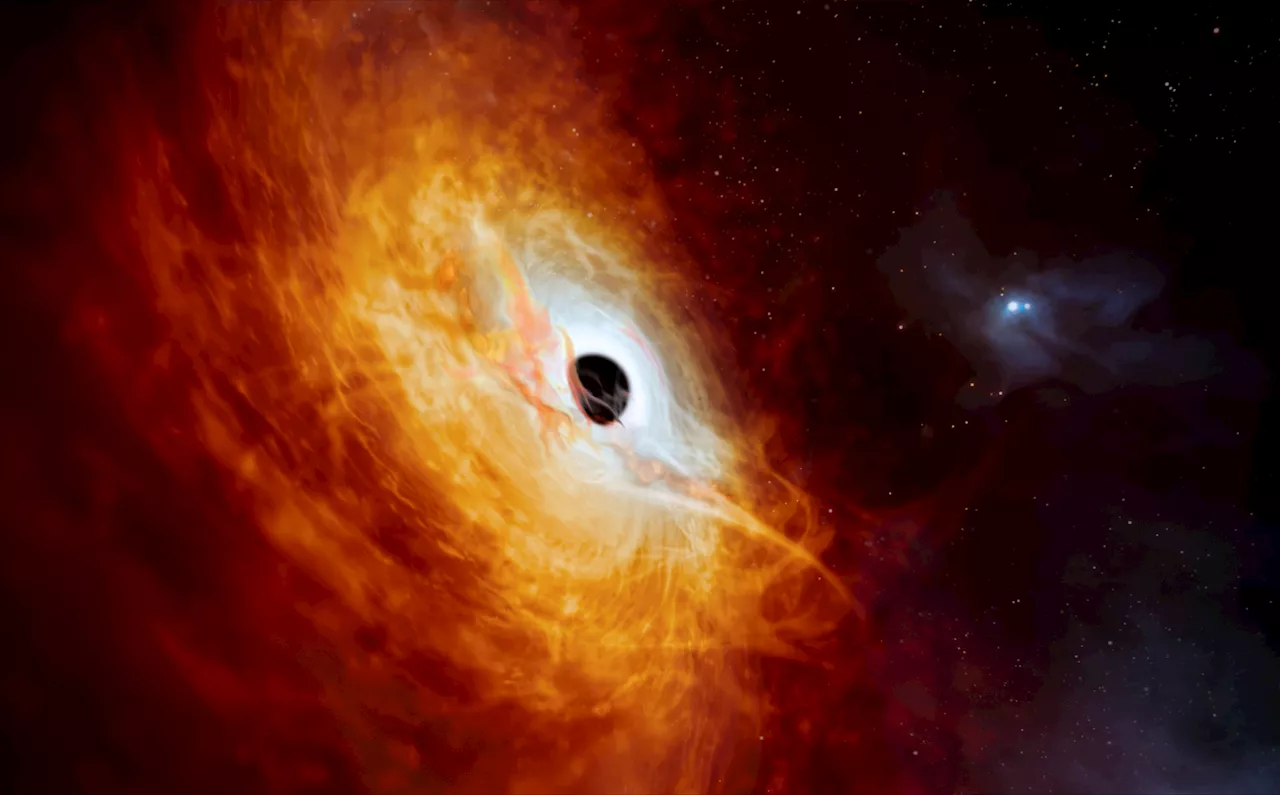 Astronomers find record-breaking black hole that swallows a sun a dayAstronomers have found a record-breaking quasar with a black hole at its heart growing so fast that it swallows the equivalent of a sun a day.
Astronomers find record-breaking black hole that swallows a sun a dayAstronomers have found a record-breaking quasar with a black hole at its heart growing so fast that it swallows the equivalent of a sun a day.
Read more »
